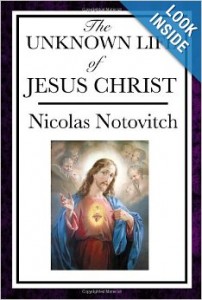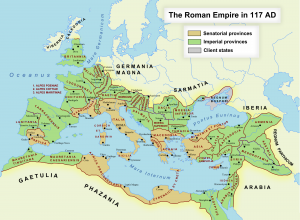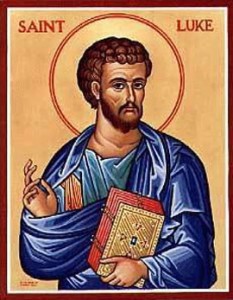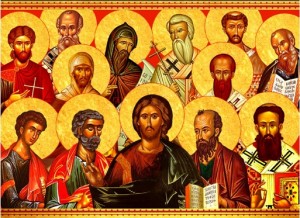 Over at Exploring Our Matrix, James McGrath brings our attention to a sensationalist (to put it mildly) press release from Joseph Atwill to the effect that “ancient confessions recently uncovered now prove, according to Atwill, that the New Testament was written by first-century Roman aristocrats and that they fabricated the entire story of Jesus Christ.” Could this just be nonsense trumped up to sell a
Over at Exploring Our Matrix, James McGrath brings our attention to a sensationalist (to put it mildly) press release from Joseph Atwill to the effect that “ancient confessions recently uncovered now prove, according to Atwill, that the New Testament was written by first-century Roman aristocrats and that they fabricated the entire story of Jesus Christ.” Could this just be nonsense trumped up to sell a book documentary? Say it isn’t so!
Certainly I have to agree with McGrath that the popularization of outlandish made-for-media headlines “makes the work of scholars that much harder, as we try to come up with scholarly reconstructions, float new ideas to their peers, critically evaluate evidence, and offer nuanced conclusions.” Or, at least, that it does make it harder for that work to penetrate the public consciousness.
One can read the subtext, however, made explicit here, that such nonsense “has many similarities of approach to that of Earl Doherty and other mythicists,” meaning to tar any writer disbelieving in a historical Jesus with the same brush. With a book from Richard Carrier forthcoming On the Historicity of Jesus, we can expect that a wide range of polemics will be applied liberally to him as well, with similar injustice.
Certainly, however, any number of books have come out of la-la land under the rubric of the study of the historical Jesus. And I’m not just talking about the apologetics industry (e.g., the tombs of Jesus and the Shroud of Turin). There are books telling us that Jesus sojourned in India or that Jesus faked his death and lived on in Rome. Or the latest oeuvre from Bill O’Reilly, as a simple case in point. Continue reading »





 Well I got sour news for you, Jack.
Well I got sour news for you, Jack.